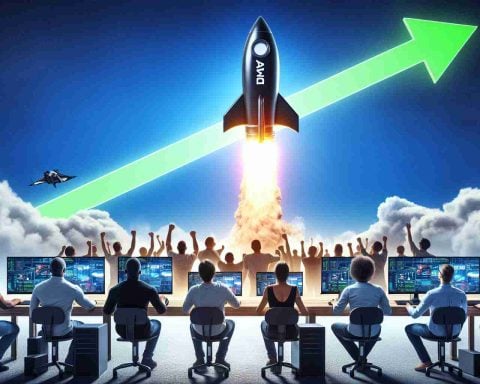The virtual reality (VR) market is experiencing rapid growth and is poised for substantial expansion in the coming years. As technology continues to advance, VR experiences are becoming more immersive and affordable, opening up the market to a broader audience. The increasing applications of VR across various industries, such as gaming, healthcare, education, and automotive, have also contributed to the market’s growth.
VR is being utilized for training simulations, virtual tours, therapy sessions, and design prototyping, among other purposes. This has not only enhanced efficiency but also improved user engagement. The COVID-19 pandemic further accelerated the adoption of VR for remote work, virtual events, and social interactions, showcasing its potential beyond entertainment.
Investments in VR startups and collaborations between tech giants and content creators are driving innovation in the industry, leading to the development of new and exciting VR content. This expansion of the VR ecosystem is fueling the market’s growth and attracting stakeholders from various sectors.
According to a report by IMARC Group, the global virtual reality market reached a size of US$ 13.0 billion in 2023 and is projected to reach US$ 82.3 billion by 2032, exhibiting a compound annual growth rate (CAGR) of 22% during 2024-2032.
While the Asia-Pacific region is expected to witness the highest growth due to technological advancements and increasing consumer spending on entertainment and gaming, there are challenges that need to be addressed. The high costs of high-end VR devices and concerns over motion sickness hinder widespread adoption. Strategic partnerships between tech firms and content developers play a crucial role in overcoming these challenges and furthering market growth.
Overall, with continuous technological advancements and expanding applications, the virtual reality market presents lucrative opportunities for stakeholders across various sectors. As the market continues to evolve, it is crucial for businesses to stay updated and leverage the potential of VR to gain a competitive edge.
Important Questions:
1. What are the key challenges facing the virtual reality market?
2. What are the advantages of virtual reality in different industries?
3. What are the disadvantages of virtual reality?
4. How are investments and collaborations driving innovation in the VR industry?
Answers:
1. Some key challenges in the virtual reality market include the high costs of high-end VR devices and concerns over motion sickness. These factors hinder the widespread adoption of VR technology.
2. The advantages of virtual reality in various industries are significant. In healthcare, VR is used for therapy sessions, training simulations, and surgical planning, leading to improved patient outcomes. In education, VR enables immersive learning experiences and virtual tours, enhancing student engagement. In the automotive industry, VR aids in design prototyping, reducing time and costs. In gaming, VR provides a more immersive and realistic gaming experience.
3. Disadvantages of virtual reality include the need for expensive and high-end equipment, which can be a barrier to entry for some individuals or businesses. Additionally, prolonged use of VR can cause discomfort or motion sickness for some users.
4. Investments in VR startups and collaborations between tech giants and content creators are driving innovation in the industry. These partnerships are leading to the development of new and exciting VR content, expanding the VR ecosystem and attracting stakeholders from various sectors.
Challenges and Controversies:
One of the key challenges in the virtual reality market is addressing the high costs of high-end VR devices and making them more affordable for a broader audience. Another challenge is overcoming concerns related to motion sickness, as some users may experience discomfort or nausea when using VR systems for extended periods. Privacy and data security are also areas of concern, as VR technology collects and processes personal data. Striking a balance between creating immersive experiences and protecting user privacy is an ongoing challenge for the industry.
Advantages and Disadvantages:
Advantages of virtual reality include enhanced user engagement, improved efficiency in various industries, and the potential for innovative applications beyond entertainment. VR provides immersive experiences that can lead to better learning outcomes, realistic simulations for training purposes, and cost savings in design and prototyping. However, there are also disadvantages to consider. The cost of high-end VR devices can be prohibitive, limiting widespread adoption. Motion sickness can be a concern for some users, and prolonged use of VR may cause discomfort. Additionally, VR experiences can be isolating and may lack the same social interactions as real-world experiences.
Related Links:
– VR Intelligence
– IMARC Group: Virtual Reality Gaming Market Report






















